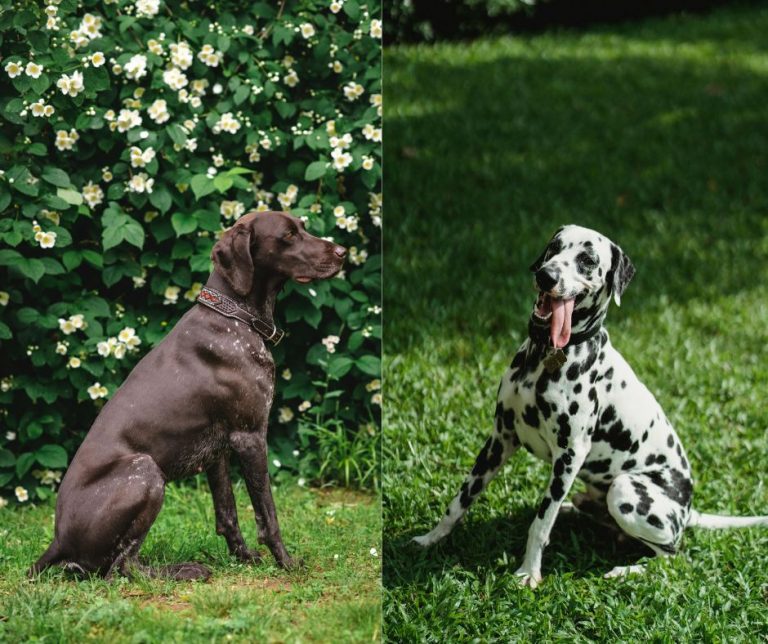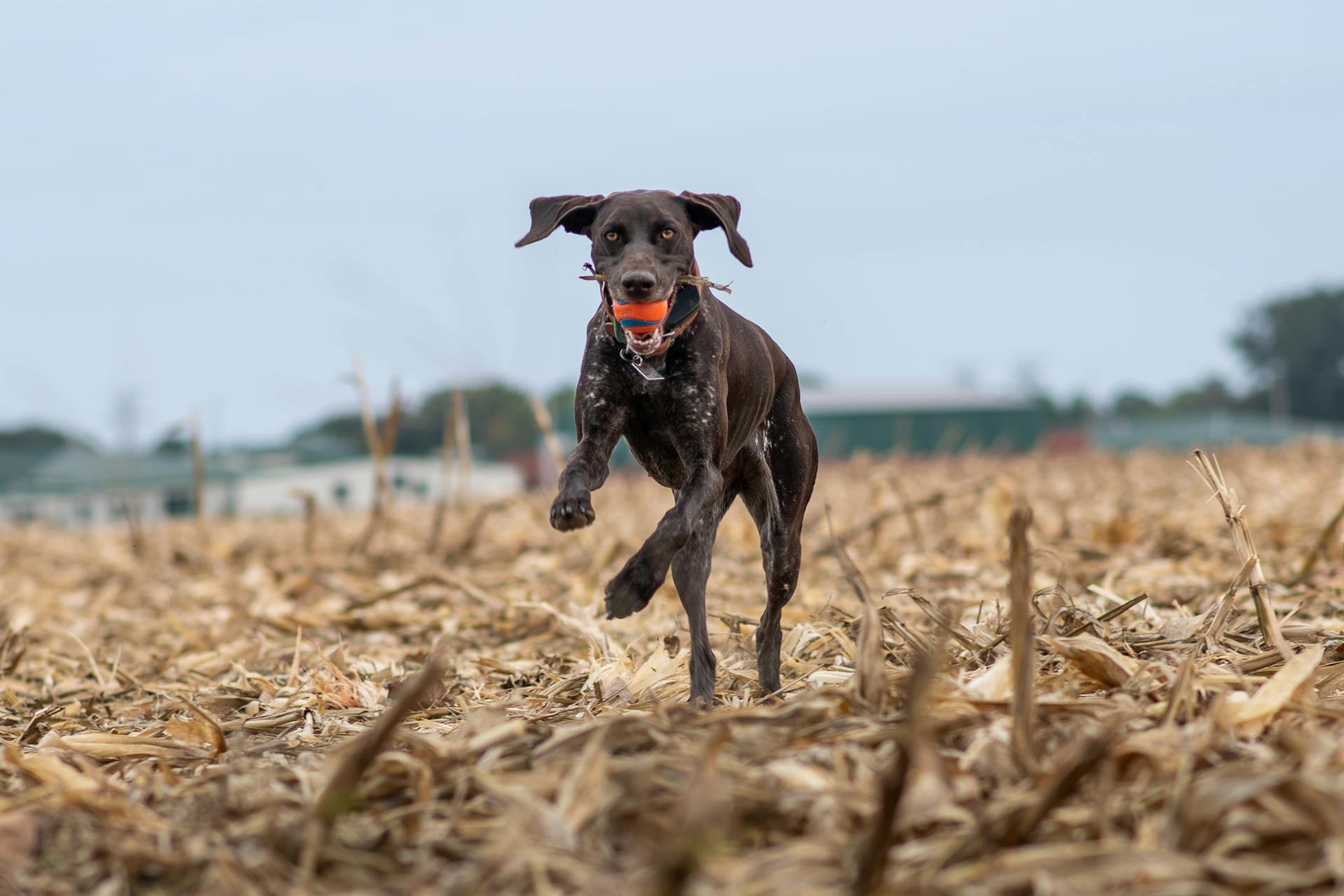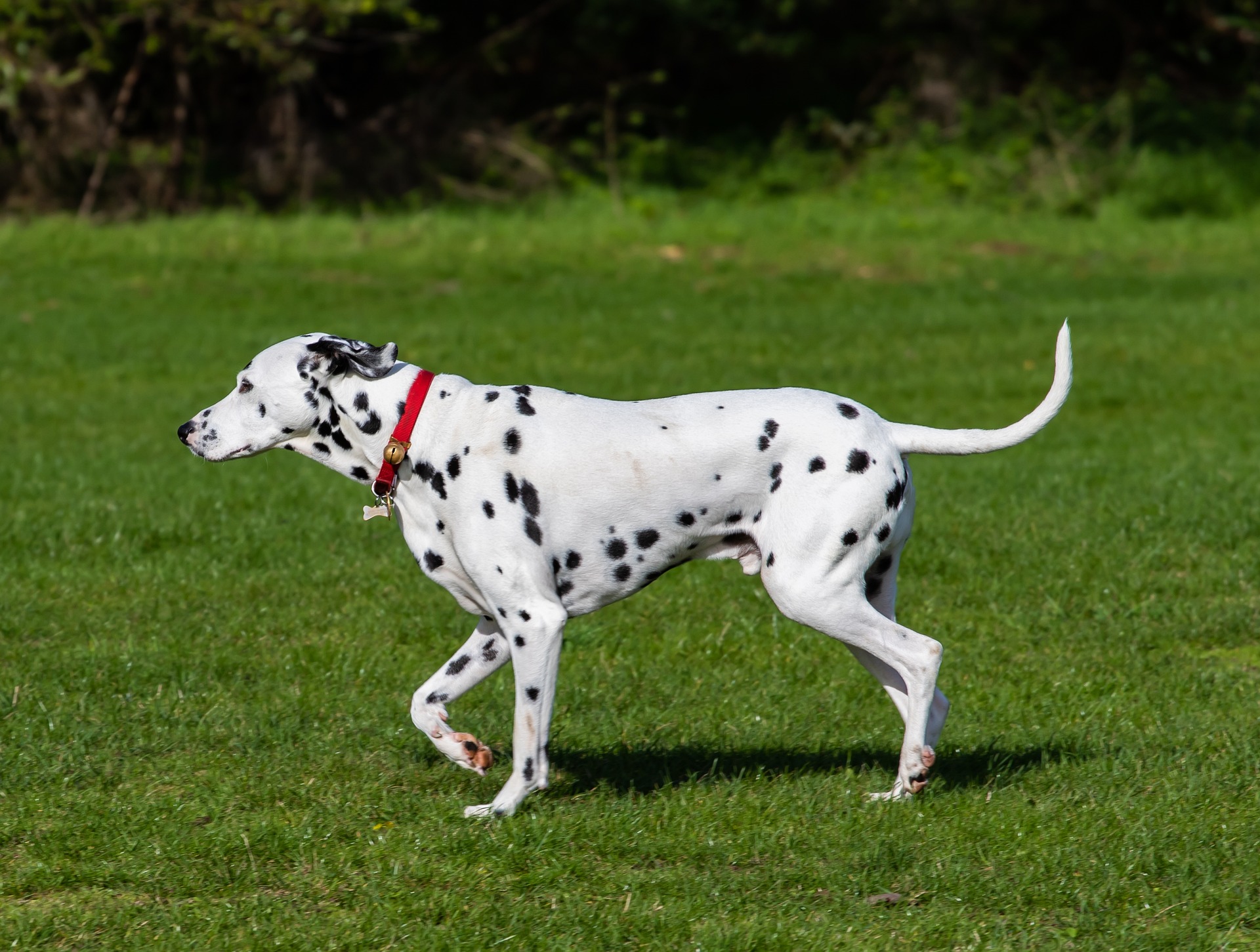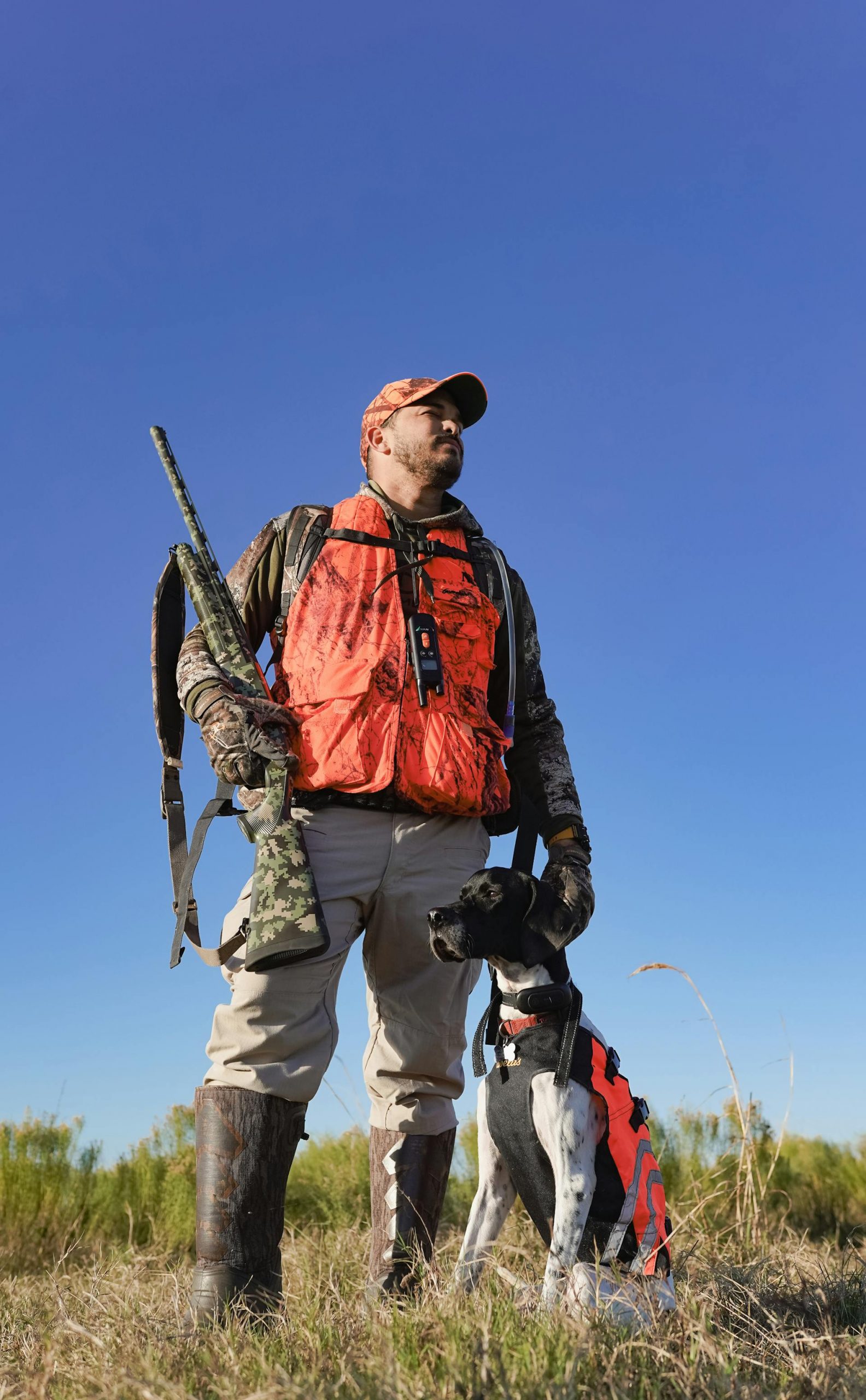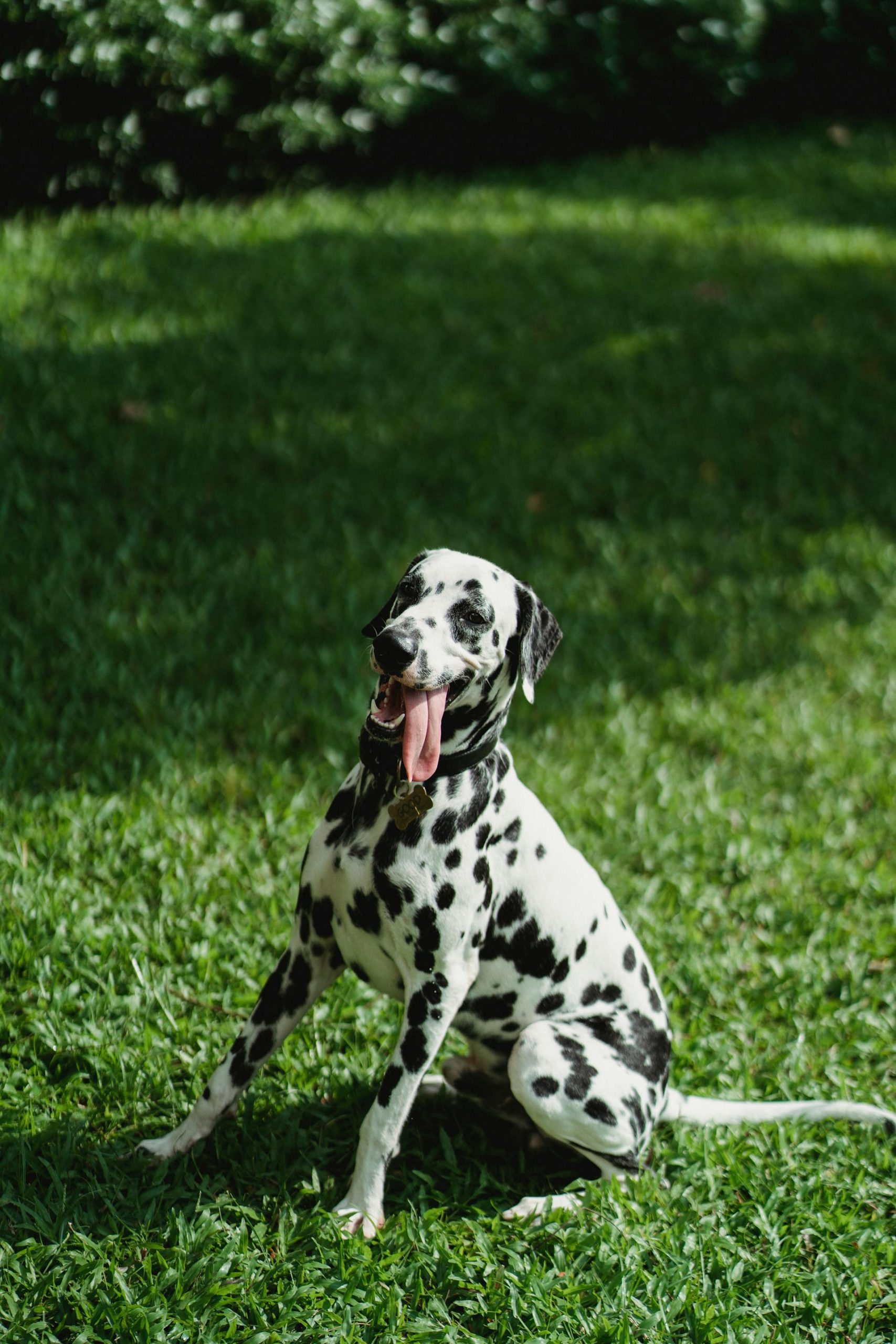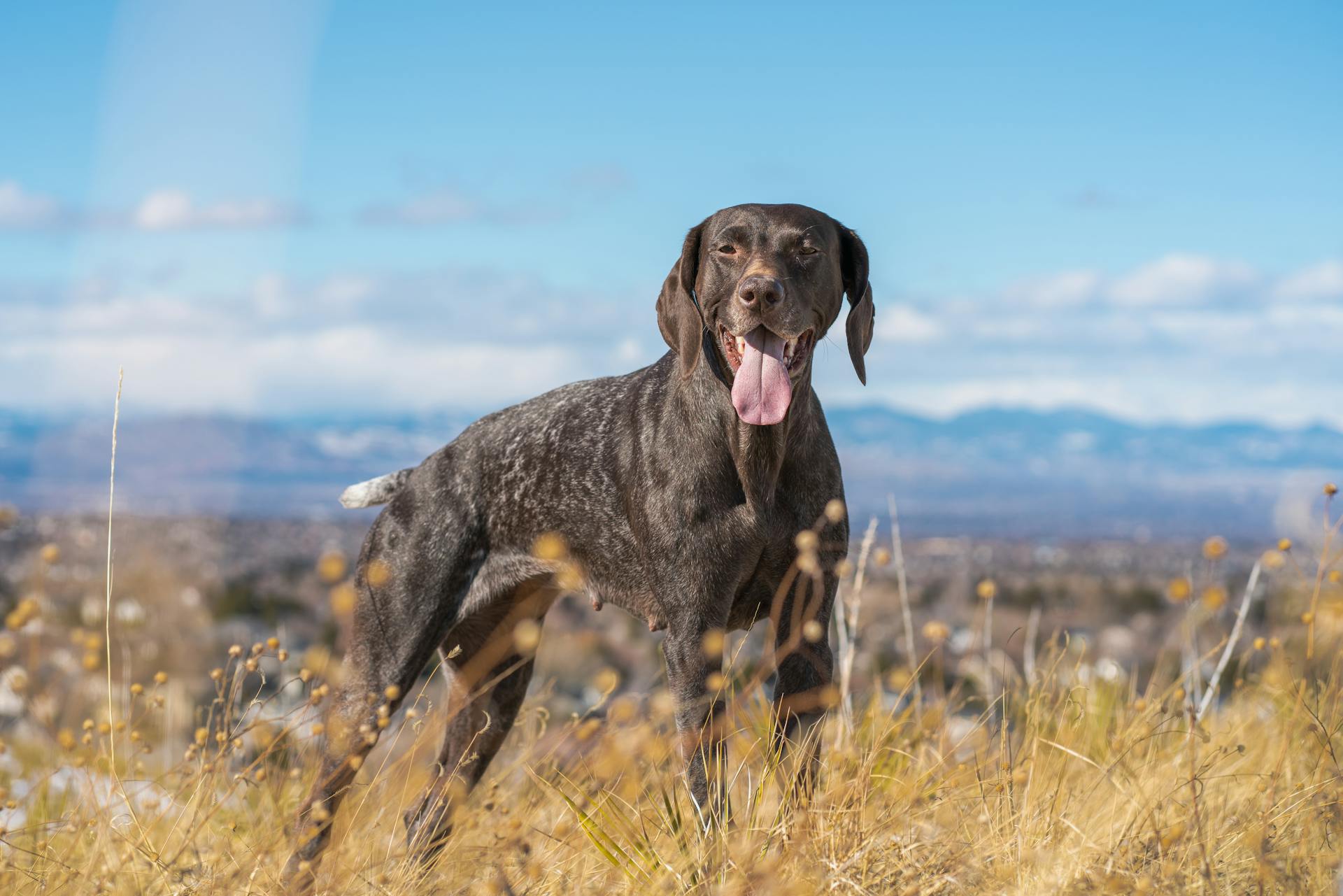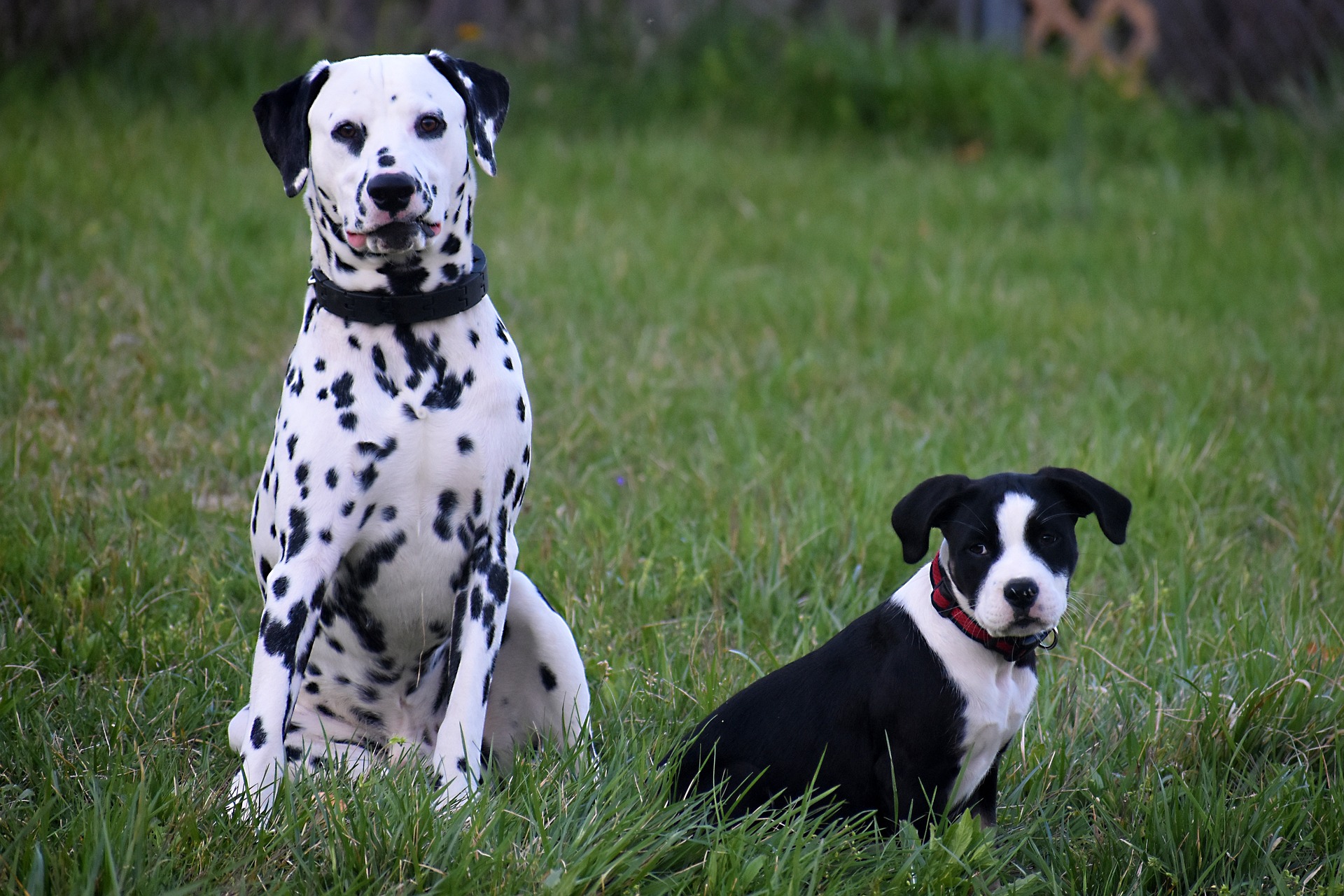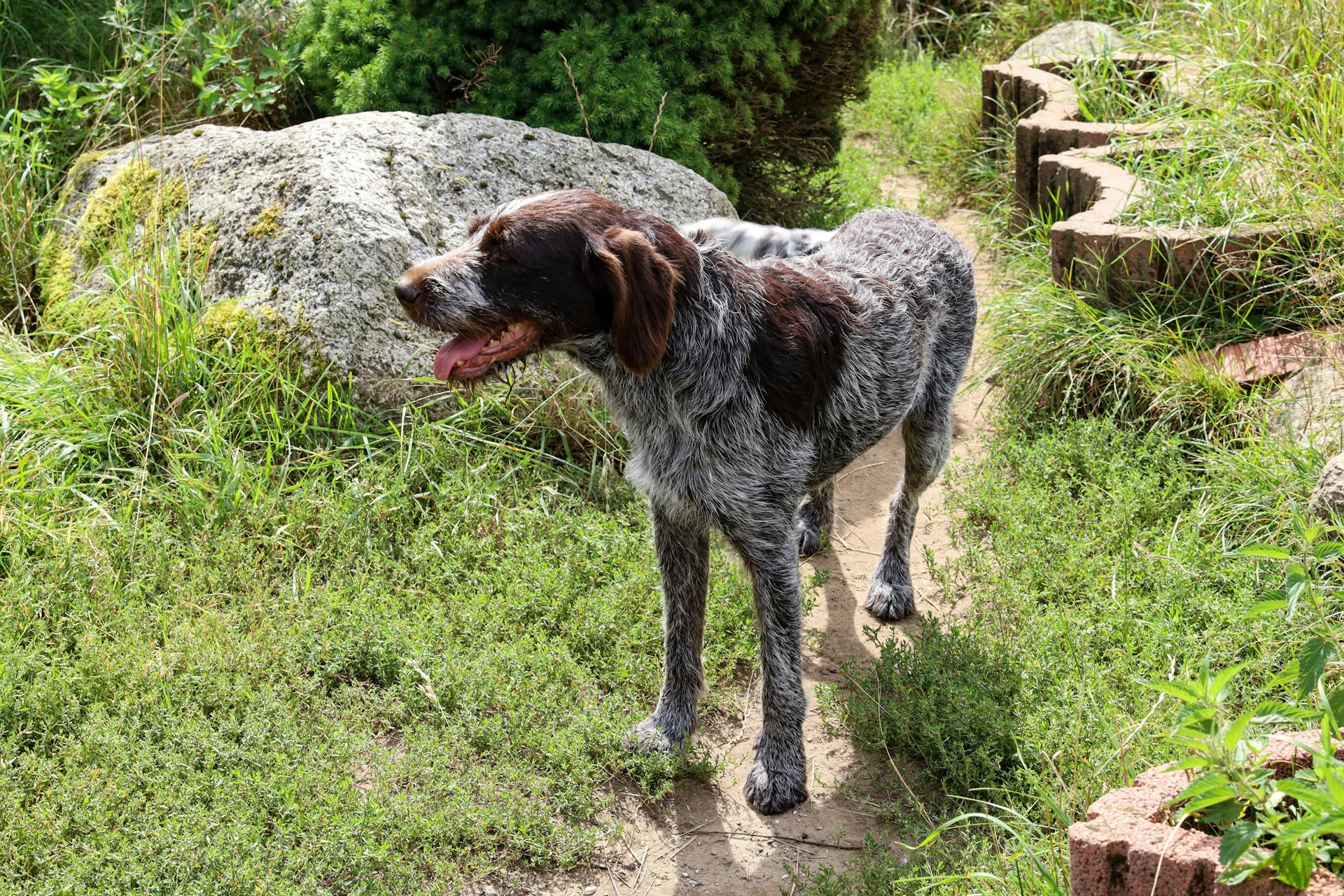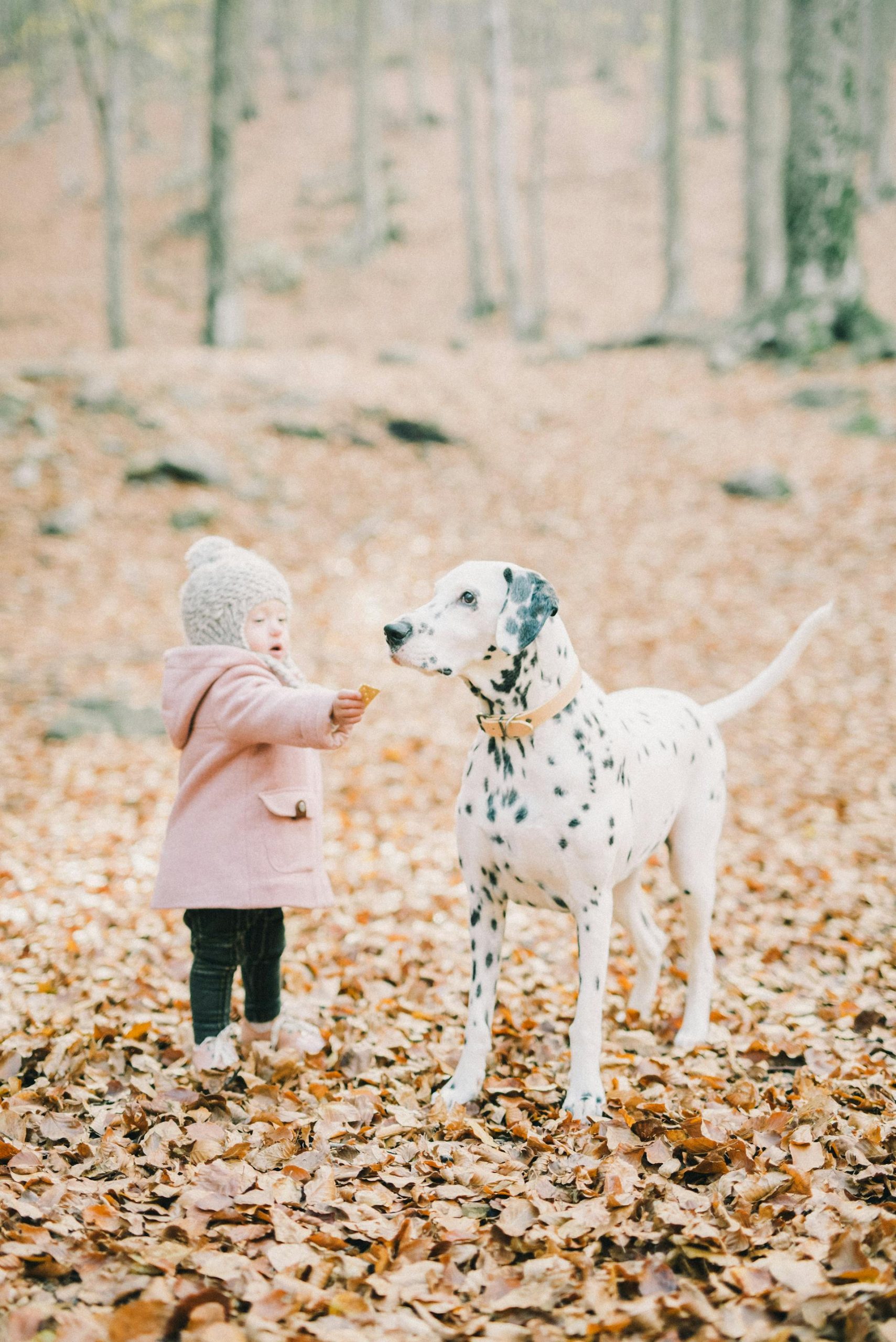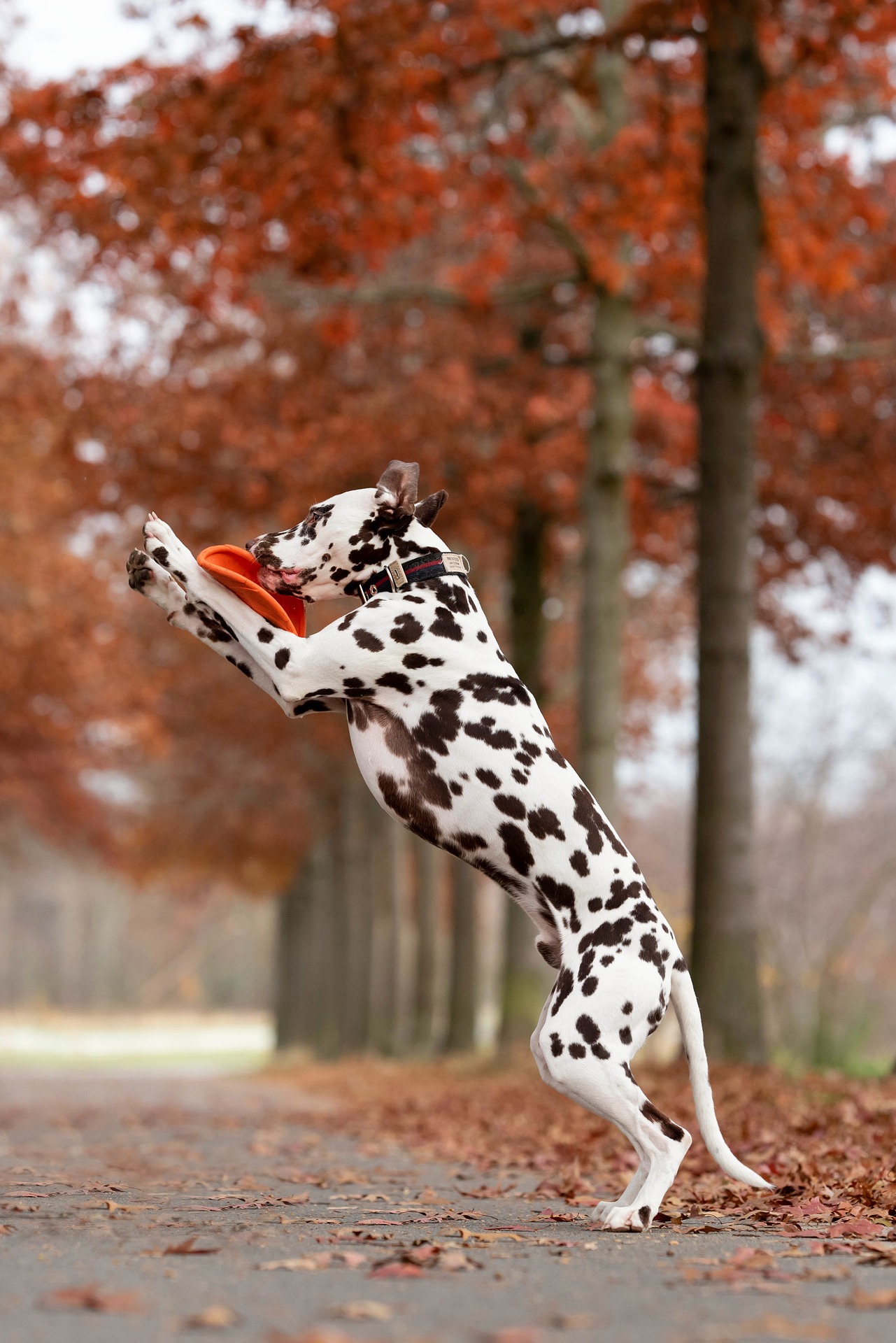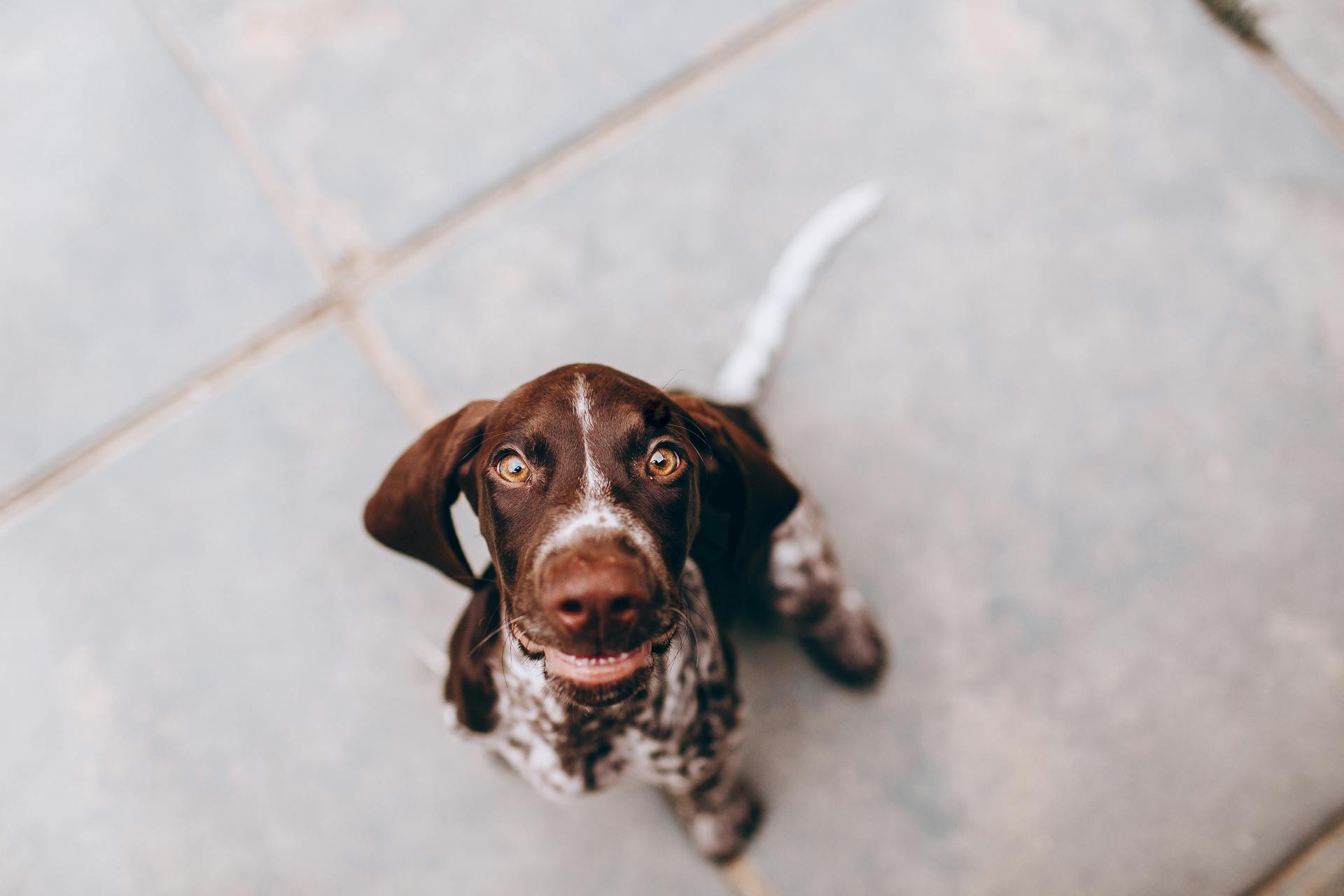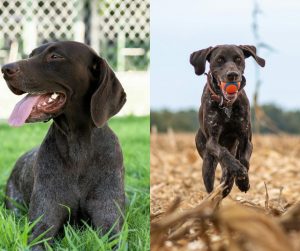When comparing the Dalmatian and the Pointer, potential dog owners often weigh the merits of each breed to find the one that best fits their lifestyle.
After three decades of sharing my life with dogs, I’ve seen the good, the bad, and the spotty! If you’re considering the iconic Dalmatian or the athletic Pointer, let me help you decide which breed might be the perfect fit for your home.
Each breed has unique physical characteristics. Dalmatians are known for their distinctive spotted coats and lean, muscular build. German Shorthaired Pointers, on the other hand, are recognized for their versatile hunting skills and athletic frame. Both generally exhibit strong, poised statures, but their energy levels and exercise needs may sway a decision.
Temperament and personality play a significant role in choosing between a Dalmatian and a Pointer. The Dalmatian is renowned for its loyal and protective nature, often forming a strong bond with its family.
Meanwhile, the German Shorthaired Pointer is celebrated for its intelligence, enthusiasm, and cooperative nature, especially in active or working environments. Each breed requires careful consideration of health, lifespan, and maintenance needs, as both can be prone to specific breed-related health issues.
So, let’s take a look at the Dalmatian vs Pointer dog breed comparison.
Key Takeaways
- Analyzing each breed’s traits helps to determine the best fit for a dog owner’s lifestyle
- Temperament variations show the Dalmatian as protective and the Pointer as cooperative
- Health considerations are breed-specific, requiring potential owners to research thoroughly
Breed Origins
Comparing the Dalmatian and the Pointer brings to light a fascinating journey through time and geography. These medium size dog breeds share a storied past, linked to specific regions and purposes that shaped them into the dogs we know today.
Dalmatian History
The Dalmatian’s roots are often traced to the historic region of Dalmatia, in present-day Croatia. Though the precise origin is a bit hazy, evidence suggests they emerged in the mid-1800s.
They were multifaceted working dogs, famous for trotting alongside carriages, offering both company and protection. Not just a pretty face, their spotted coats became a hallmark of distinction as they seamlessly blended roles from hunting to helping out horse-drawn fire engines in America, thereby garnering their place as the iconic firehouse dog.
For many years, the Dalmatian puppy was a carriage dog. On the other hand, the Pointer began his journey as a working dog.
Pointer History
Moving on to the Pointer, this breed’s history points back to England, where it was developed as a skilled hunting dog. Specialized in locating and indicating prey, Pointers demonstrated an uncanny ability to stand still and direct hunters with their muzzle — thus earning their name.
Pointers have served hunters since at least the 17th century and were prized for their exceptional field abilities. Over time, their keen senses and impressive athleticism gained them admirers on both sides of the Atlantic, cementing their status as beloved sporting and companion dogs.
Physical Characteristics
When comparing the Dalmatian and Pointer, their distinctive appearances and builds reflect their different historical roles and genetic heritage. Both breeds showcase a unique set of characteristics that can capture any dog lover’s attention.
Appearance
The Dalmatian is renowned for its unique white coat adorned with black or liver spots. This spotted pattern is the Dalmatian breed’s signature trait, setting it apart at first glance. They present a poised and symmetrical stature that speaks to their heritage as active dogs with a purpose.
In contrast, the Pointer, often recognized as the English Pointer dog breed, has a more streamlined appearance with a pronounced athletic build. Its coat may not be as distinctive in pattern as the Dalmatian’s, but it carries an aristocratic grace, honed from a history as a hunting companion.
Coat and Color
Coat texture in both breeds is quite similar; they possess a short coat that’s dense and sleek, allowing for easy grooming.
Dalmatians proudly wear a white coat that serves as a canvas for their trademark spots. The spots can be black or liver in color, and they’re randomly scattered across the body. This is why many people recognize him as the spotted dog.
Pointers have coats that come in several solid colors, as well as various patterns including patched and tricolor. Their fur is also short and smooth, which means they too benefit from the low-maintenance grooming associated with short coats.
Size and Weight
In terms of size, the Dalmatian and Pointer are comparable, with both breeds standing at a medium to large size.
- Dalmatian:
- Height: Typically between 19-24 inches at the shoulder
- Weight: Usually ranges from 45-70 pounds, with males often being heavier
- Pointer:
- Height: Generally stands between 23-28 inches at the shoulder
- Weight: They tend to weigh in at around 45-75 pounds, with a similar distribution between the sexes
Both breeds boast a muscular frame, which is indicative of their active lifestyles and working backgrounds. However, specific weight and size can vary based on individual dogs and gender.
Temperament and Personality
When choosing between a Dalmatian vs Pointer puppy, it’s essential to consider their unique temperaments and personalities. Both dog breeds are known for their affectionate nature and intelligence, but they do have distinct traits that set them apart.
Dalmatian Traits
Dalmatians are playful and energetic dogs that form strong bonds with their families. They are highly intelligent and thrive in environments where they have lots of stimulation and opportunities to learn.
- Affectionate: Dalmatians are known for being loving towards their owners
- Energetic: This breed has a significant amount of energy and needs plenty of exercise
- Intelligent: Quick to learn which makes them relatively easy to train
- Playful: They enjoy interactive games and require engaging activities to keep them entertained
- Loyal: They tend to be loyal to their owners, making them excellent companions
- Sensitive: Dalmatians may be sensitive to their environment and the tone of voice used by their owners
Pointer Traits
Pointers, often called English Pointers, are known for their athletic build and high energy levels. They are affectionate and enjoy being part of a family, excelling in homes with active lifestyles.
- Outgoing: Pointers generally have a friendly disposition and are not aloof
- Affectionate: They enjoy giving and receiving affection with their human companions
- Energetic: A high level of energy makes them great partners for running or other vigorous activities
- Loyal: Pointers are loyally devoted to their owners and make excellent lifelong companions
- Intelligent: They possess a sharp intelligence which helps them excel in various dog sports and training
- Playful: Like Dalmatians, Pointers are playful and need ample opportunity to enjoy games and exercise
Health and Lifespan
When considering a purebred Dalmatian or Pointer, prospective dog owners should be mindful of the breeds’ health concerns and life expectancy. These factors are crucial in preparing for a lifelong commitment to a pet’s well-being.
Common Health Issues
Both Dalmatian and Pointer breeds have their set of typical health issues that owners should be aware of.
- Deafness: A significant concern, as a considerable number of Dalmatians are affected to some extent
- Hip Dysplasia: A potentially debilitating joint condition also observed in these spotted friends
- Iris Sphincter Dysplasia: An eye condition that can affect vision
- Skin Allergies: They can develop skin issues in response to environmental triggers
Pointers, on the other hand, often contend with:
- Hip Dysplasia: Similar to Dalmatians, this condition can affect their mobility
- Skin Allergies: Pointers may also deal with allergies that cause skin irritation
Caring for a Healthy Dog
Proper care for both Dalmatians and Pointers includes regular exercise, a nutritious diet, and grooming tailored to each breed’s needs.
- Exercise Needs: Pointers will typically thrive with vigorous activities, while Dalmatians also require plenty of exercise to maintain their health and happiness
- Diet: Providing a balanced diet suitable for the dog’s age, size, and activity level is essential to prevent obesity and to support overall health
- Grooming: Routine checks and maintenance can help catch and manage health issues early
By acknowledging and adhering to these care requirements, owners can help their Dalmatian or Pointer lead a healthy life for as long as possible.
The expected lifespan for Dalmatians ranges from about 11 to 13 years, whereas Pointers generally enjoy a lifespan of 12 to 15 years with proper care. Commitment to their health and happiness can help them reach these golden years.
Training and Exercise
When it comes to dog training and exercise, Dalmatians and Pointers are both breeds with high energy levels and intelligence, necessitating consistent and stimulating activities to keep them well-behaved and engaged.
Training Techniques
Dalmatians and Pointers are breeds known for their intelligence and potential for high trainability. However, their intelligence also means they can be quite independent, which poses a unique challenge during training.
They respond best to positive reinforcement techniques such as praise, treats, and play.
Dalmatians, for instance, are eager to please and typically easy to train with the right approach. They require gentle, consistent training from an early age. The use of short, varied sessions will help in keeping them interested. Since they are playful by nature, incorporating games into training can be particularly effective.
Pointers, on the other hand, were originally bred for hunting and thus have a strong prey drive. They require firm, consistent training, and early socialization, particularly around other animals and people.
Due to their hunting background, Pointers thrive on exercises that engage their natural instincts, such as simulated hunting games.
Exercise Requirements
Both Dalmatians and Pointers are active dogs with high energy levels that need plenty of exercise to maintain their health and happiness.
For Dalmatians, adequate exercise can be a mix of physical activities like running and playing, and mental challenges such as agility courses or advanced obedience training. Typically, they require about one to two hours of exercise daily.
Pointers have similar exercise needs but tend to lean even more towards vigorous activity due to their endurance as former hunting dogs. They benefit from having access to wide open spaces where they can run freely.
It’s not just about the amount; it’s the type of activity that counts. Activities that tap into their tracking instincts like scent games are an excellent way to expend their energy.
Both breeds enjoy structured activities like long walks, runs, and even joining their owners on bike rides. However, owners should remember that the level of exercise should be adjusted according to the dog’s age, health, and individual needs.
Compatibility With Families
When thinking about welcoming a Dalmatian or Pointer into a family home, it’s essential to consider how these breeds interact with children and adapt to various living environments.
Living With Children
Dalmatians and Pointers are known to be affectionate and loving with their family members. They often forge strong bonds with children when properly socialized.
- Dalmatian: Generally good-natured and playful, making them great playmates for kids. Their energetic behavior is better suited for families with slightly older children who understand how to interact with dogs safely
- Pointer: Noted for their gentle and patient demeanor, Pointers can be excellent companions for children. They thrive on interaction and enjoy being part of family activities
Both breeds will show the most loving side of their personalities when raised alongside children from a young age, providing the opportunity for them to become well socialized.
Adapting to Living Environments
Adjustability to living spaces is a crucial factor in choosing the right breed for your family.
- Dalmatian: Thrives in a home with enough space to accommodate their active lifestyle but can adjust to apartment living if provided with daily exercise
- Pointer: Ideally suited for a home with a yard, though they can also adapt to apartment living. Regular exercise is a must to keep them happy and healthy
Breed-Specific Considerations
When comparing the Dalmatian to the Pointer, one should consider the specific care each breed requires. These considerations play a crucial role in meeting their needs for a happy and healthy life.
Grooming Needs
Dalmatians boast a beautiful white coat with black or liver spots. They have short fur that’s easy to maintain; however, they do shed year-round, with heavier shedding seasons in the fall and spring. A weekly brushing can keep their coat shiny and reduce loose hairs.
Pointers also have short, easy-to-care-for coats. Although their shedding is less intense, regular grooming is still essential to keep them looking their best.
- Dalmatian Grooming Checklist:
- Weekly brushing
- More frequent brushing during shedding seasons
- Routine baths
- Pointer Grooming Checklist:
- Routine brushing
- Occasional baths
Climate Adaptability
Both Dalmatians and Pointers adapt fairly well to different climates, but as with most breeds, extreme temperatures should be avoided.
Dalmatians were historically carriage dogs and have a good energy reserve, allowing them to handle various climates. Pointers originally bred for hunting, have a decent tolerance for both warmth and moderate cold.
For apartment dwellers, the Pointer’s high energy level might pose a challenge without daily exercise. Meanwhile, Dalmatians can adapt to apartment living but equally need proper exercise to prevent behavior issues.
- Dalmatian Climate Checklist:
- Tolerant of various climates
- Sufficient shade and water in heat
- May need a coat in colder conditions
- Pointer Climate Checklist:
- Active breed requiring a cooler environment after exercise
- Adequate shelter from the elements
- Exercise moderation in extreme temperatures
In relation to allergies, any pet can potentially cause allergies due to dander, so regular grooming helps in keeping this under control for both breeds.
Choosing the Right Breed for You
When debating between a Dalmatian breed and a Pointer breed, prospective dog owners should consider each breed’s unique traits and how they align with their lifestyle and budget.
Lifestyle Compatibility
Both Dalmatians and Pointers have a vibrant energy level and thrive on daily exercise, making them ideal companions for active individuals or families.
Dalmatians are known for their playful and affectionate nature and tend to be excellent with children. They are also known to be good watchdogs due to their alert and protective temperament.
Meanwhile, Pointers, often recognized by the American Kennel Club for their agility, are equally energetic and are happiest with room to run. They might come off as aloof to strangers but are very loyal to their families.
Cost of Ownership
Considering the cost of dog ownership is crucial when choosing a purebred dog like a Dalmatian or a Pointer.
Pointers may have fewer grooming needs due to their dense, short coats, which could mean savings on grooming expenses.
On the other hand, Dalmatians have short coats but are known to shed moderately, which could require more effort in home cleaning rather than grooming costs.
Both breeds are relatively low maintenance but aren’t immune to health issues which can contribute to lifelong costs.
If one is looking to adopt from a rescue, that can potentially lessen the initial price but doesn’t guarantee lower healthcare costs.
- Dalmatian:
- Grooming: Moderate shedding, short coat
- Price: Purebred prices vary, adoption from rescue can be less
- Pointer:
- Grooming: Short, dense coat, low maintenance
- Price: Costs can be offset by lower grooming needs

